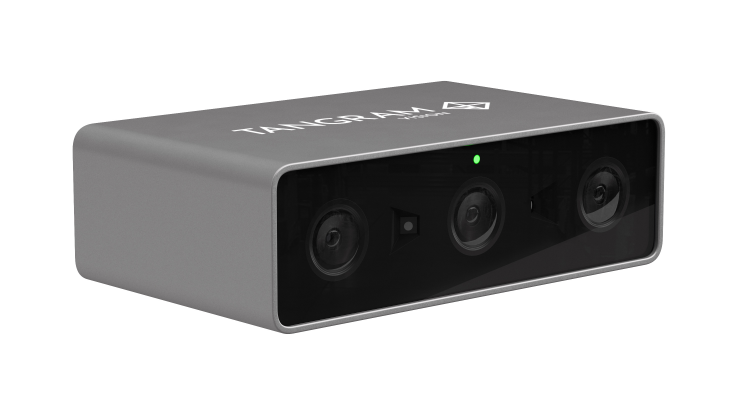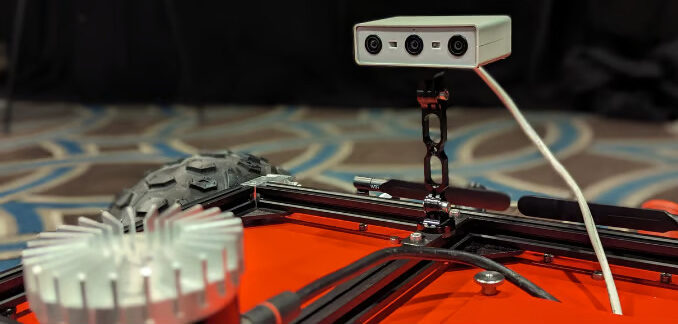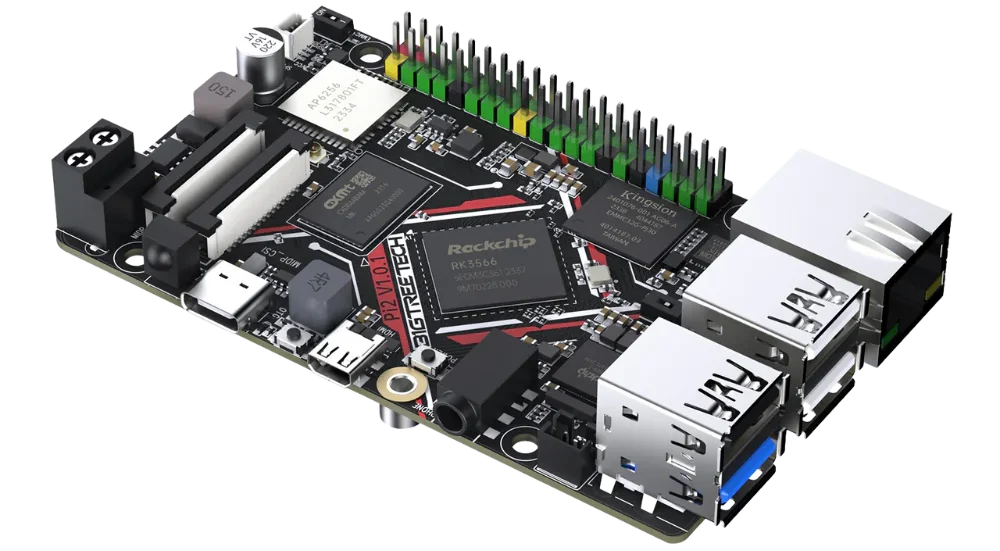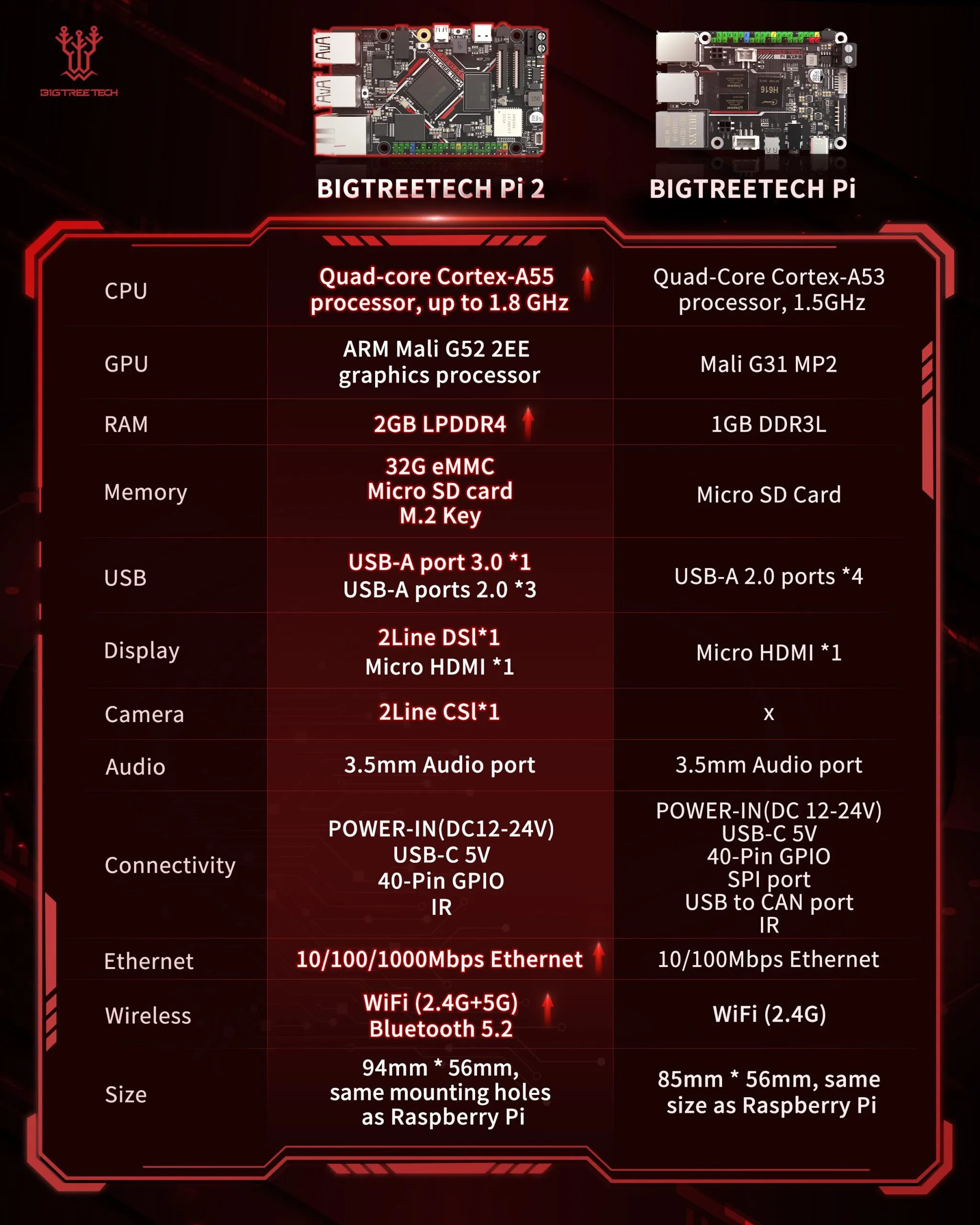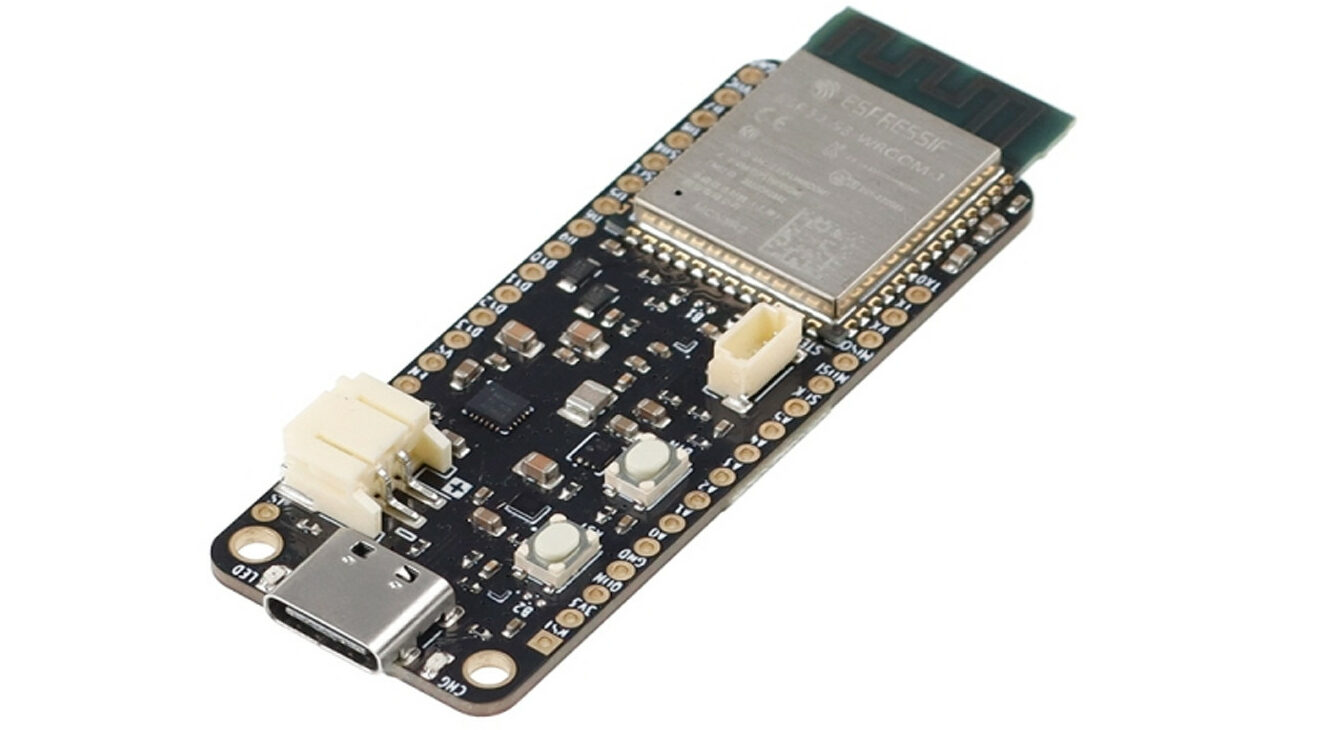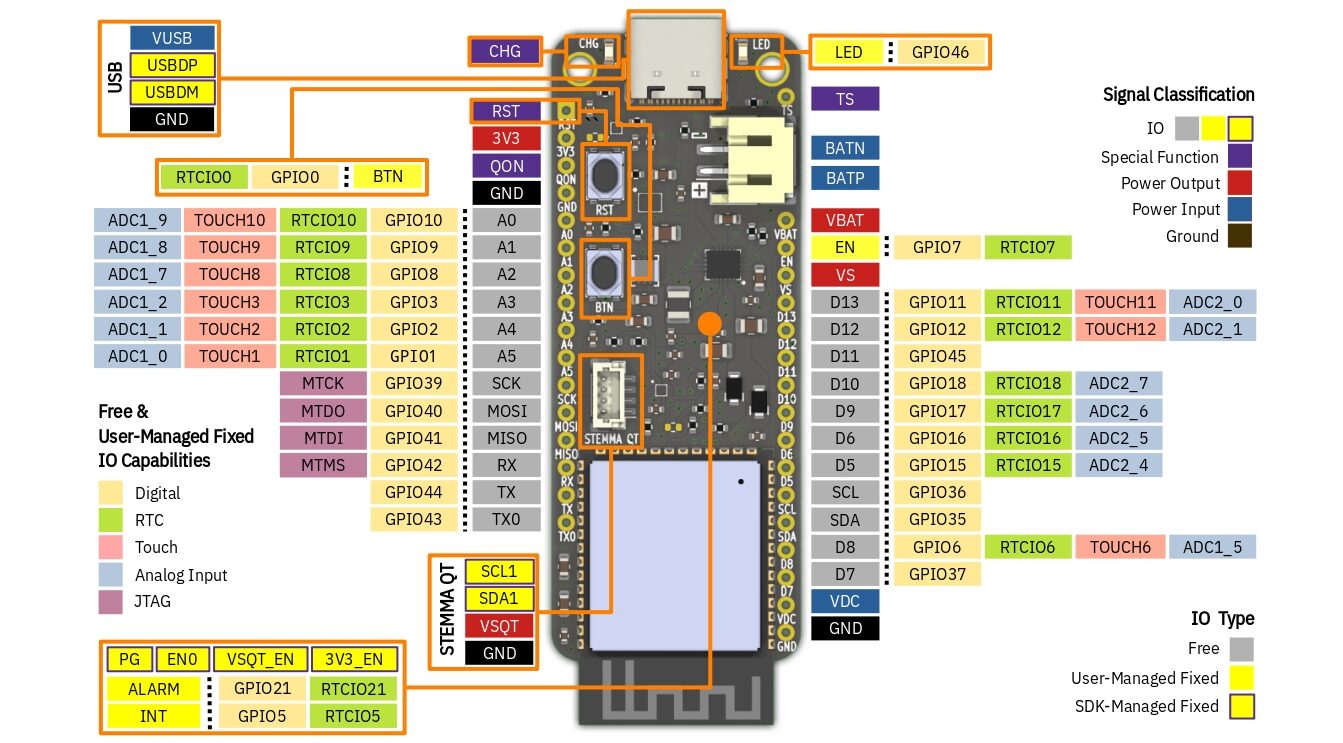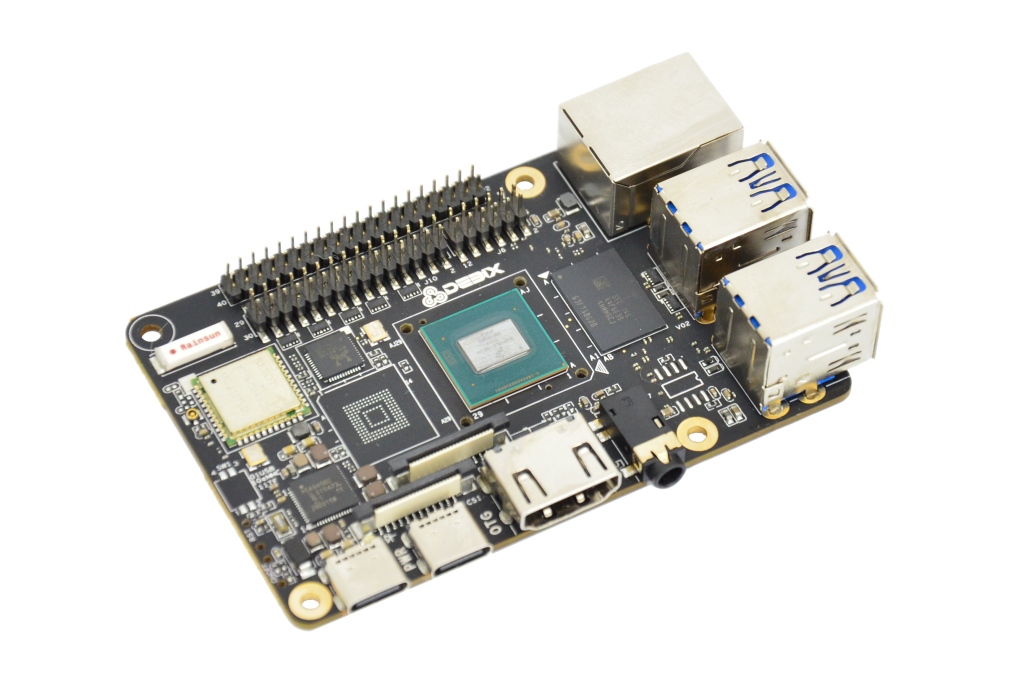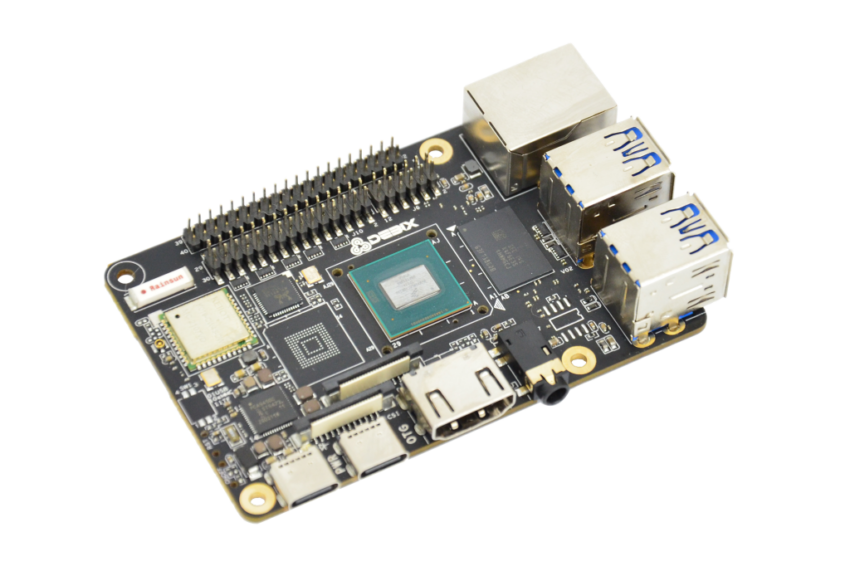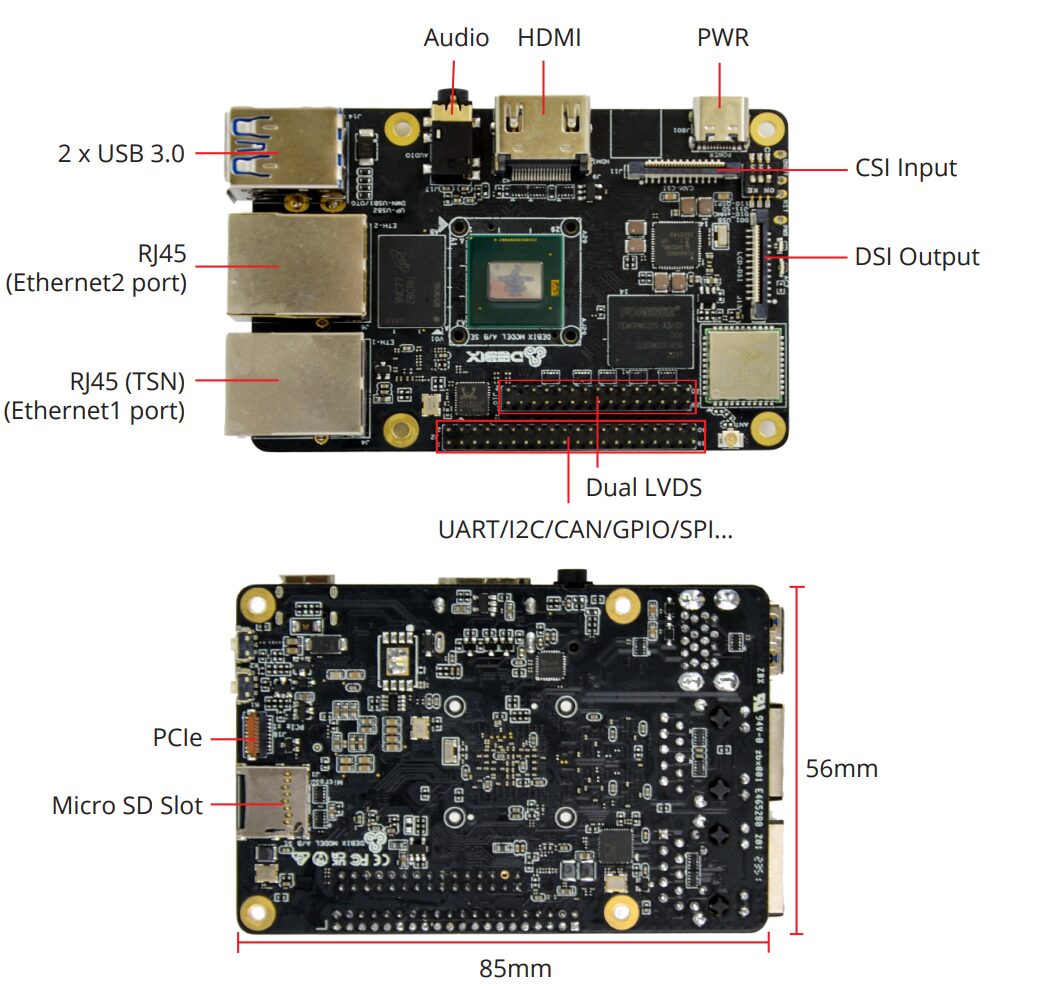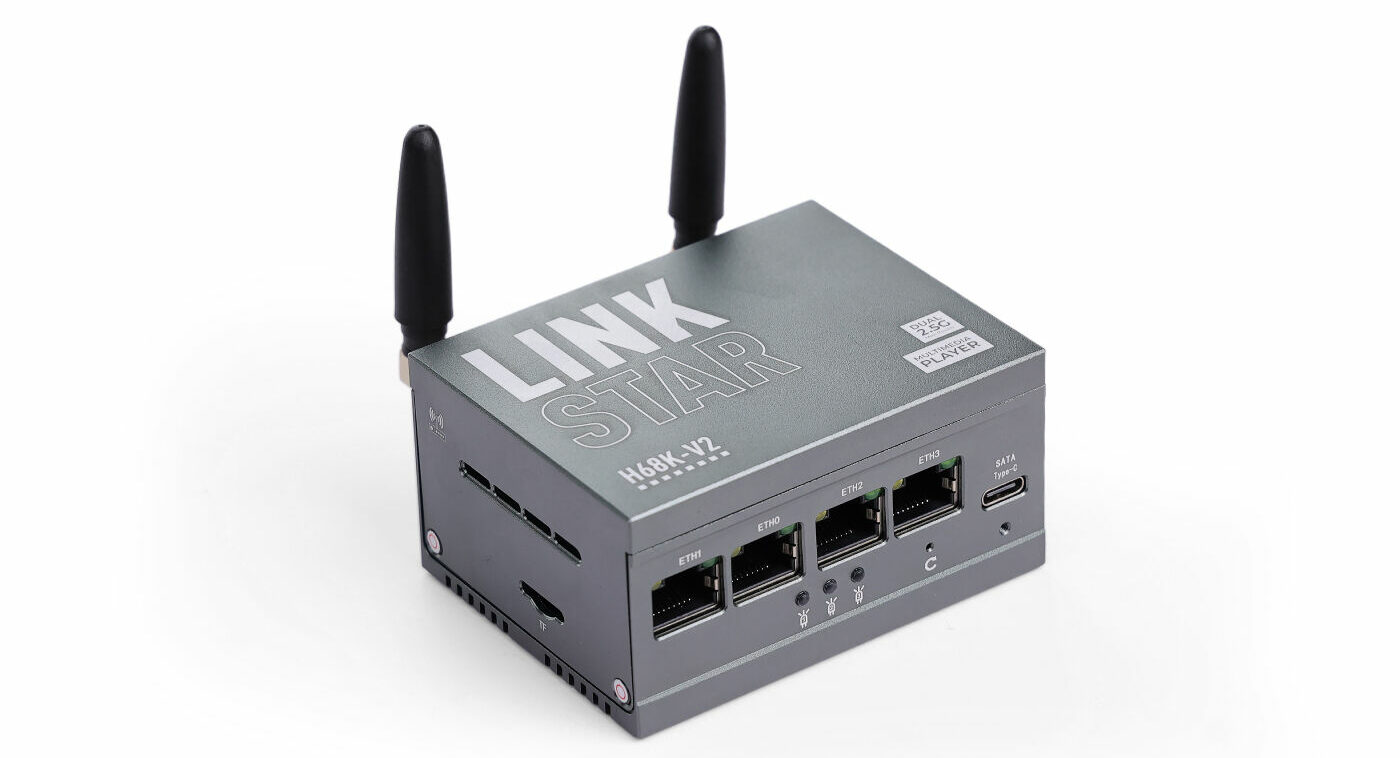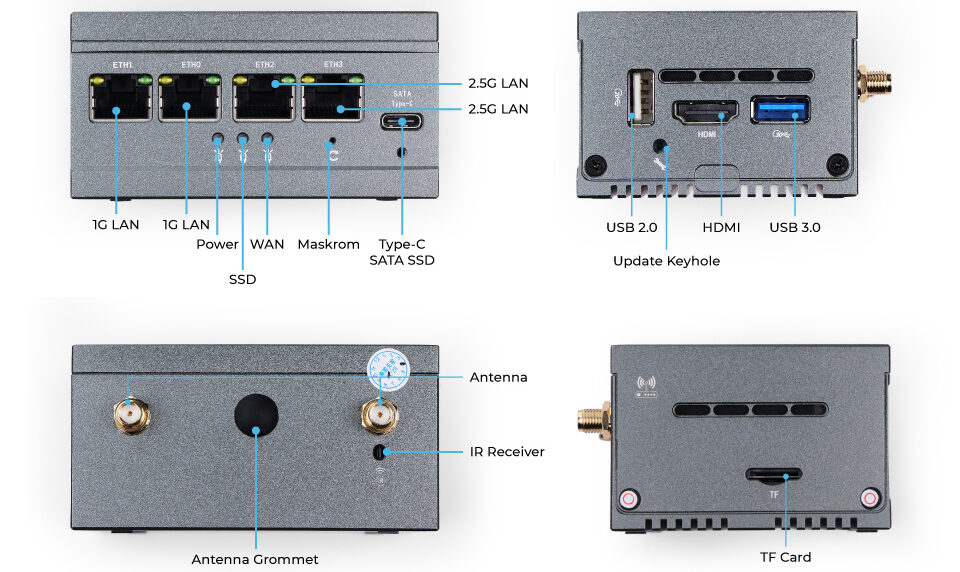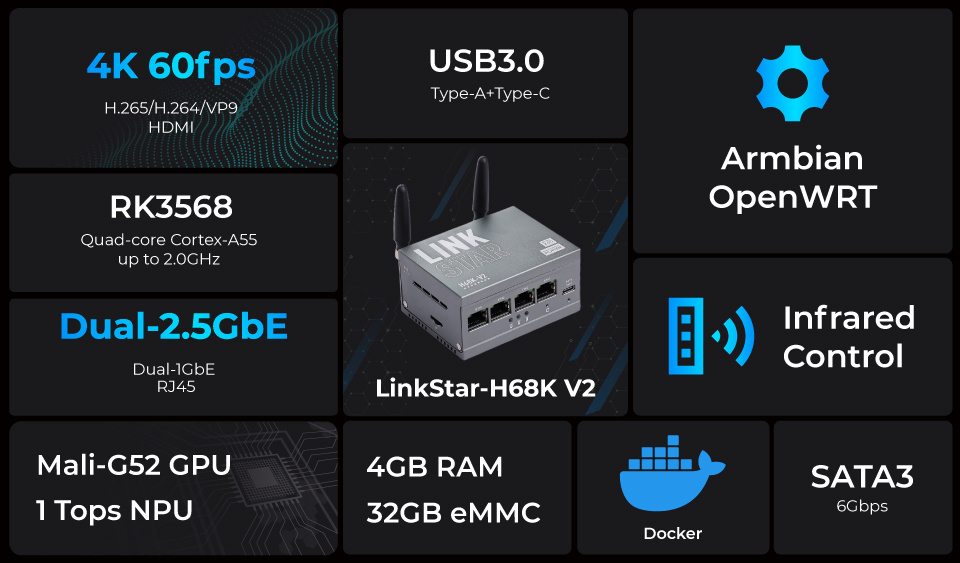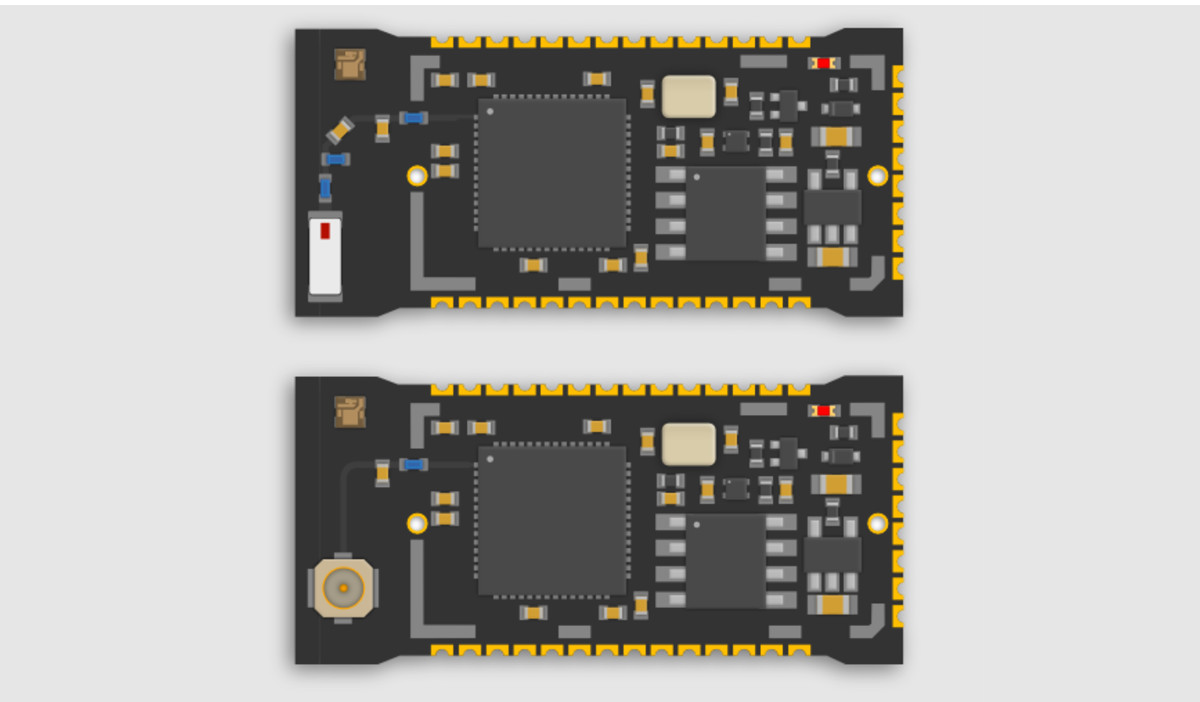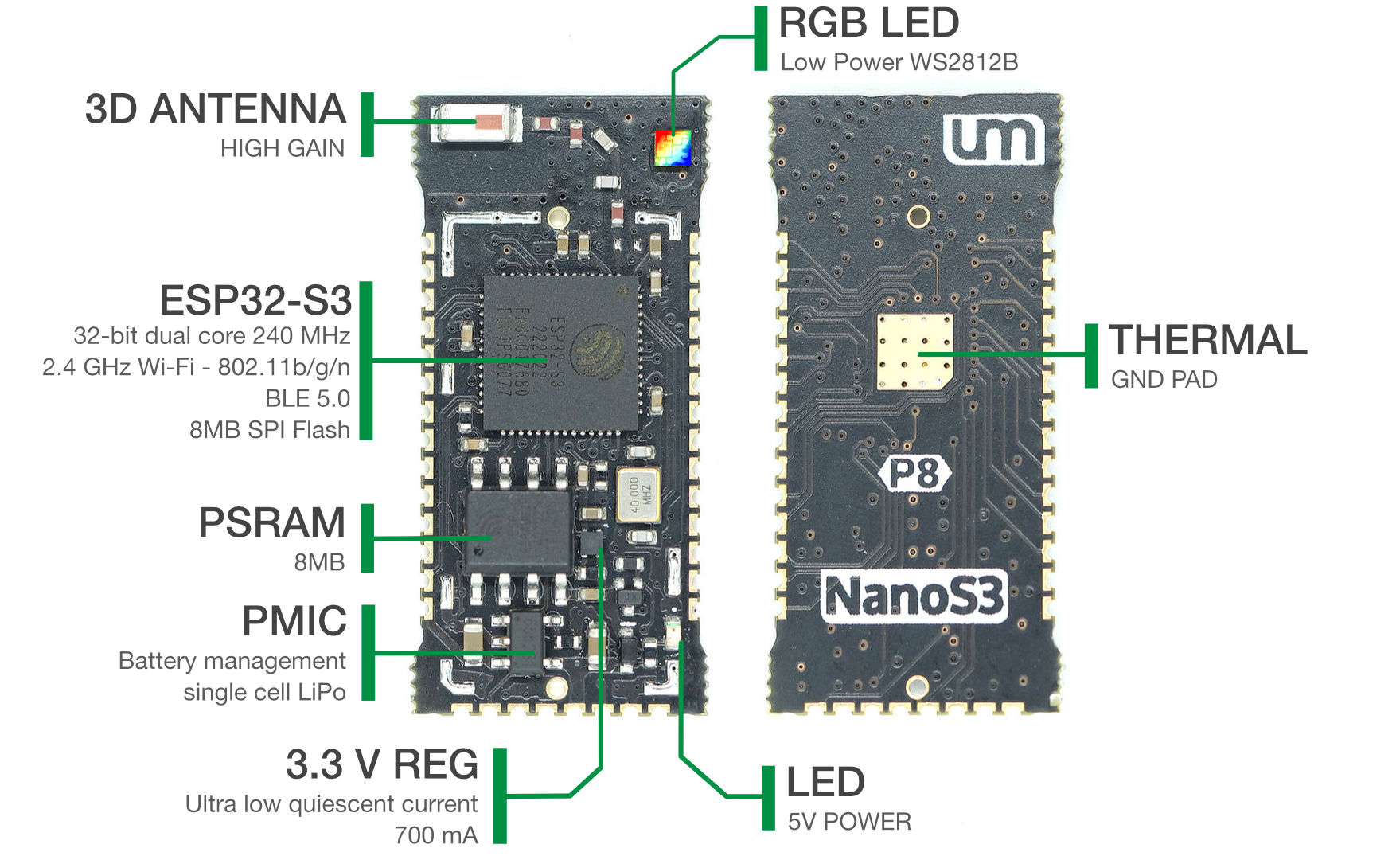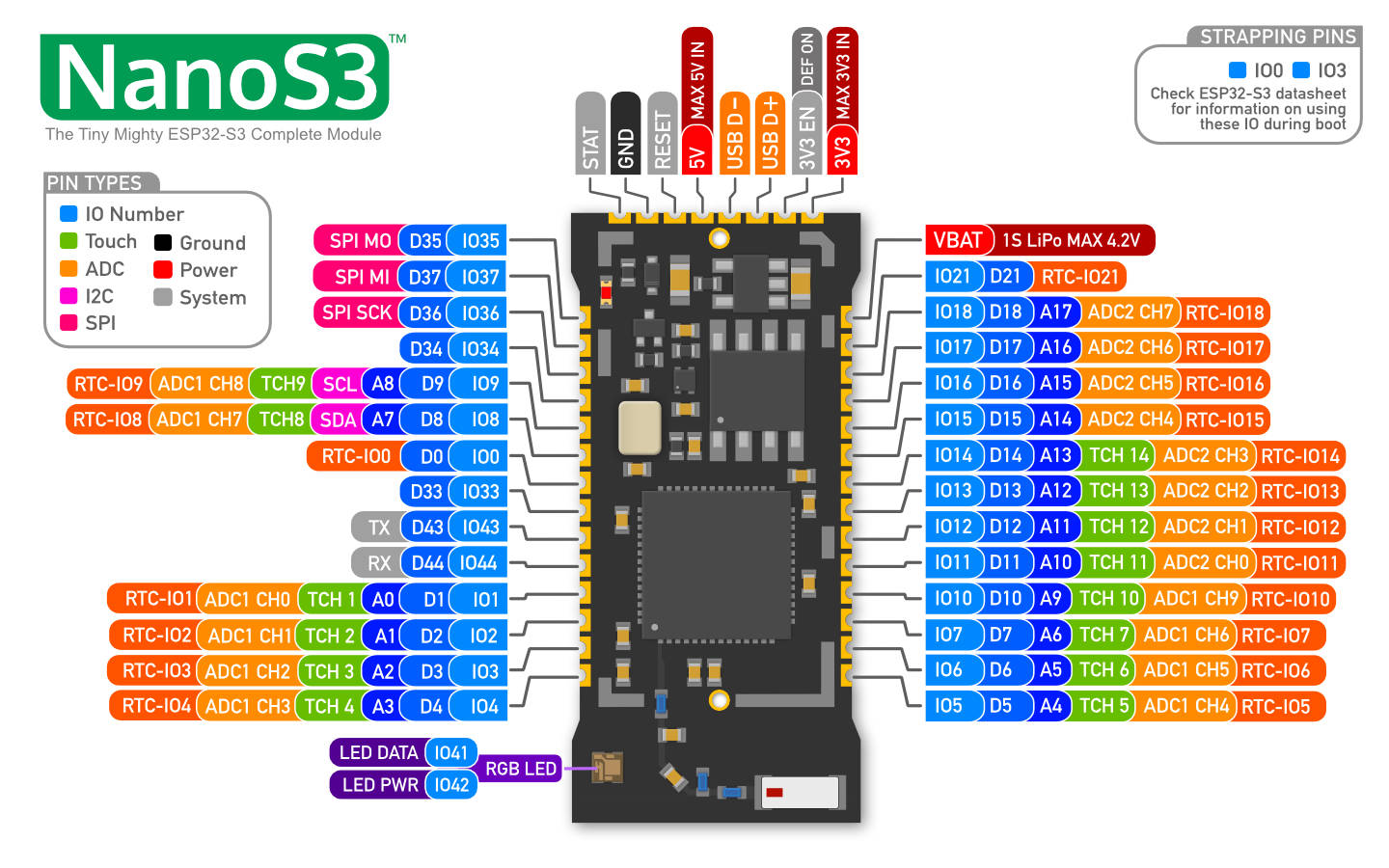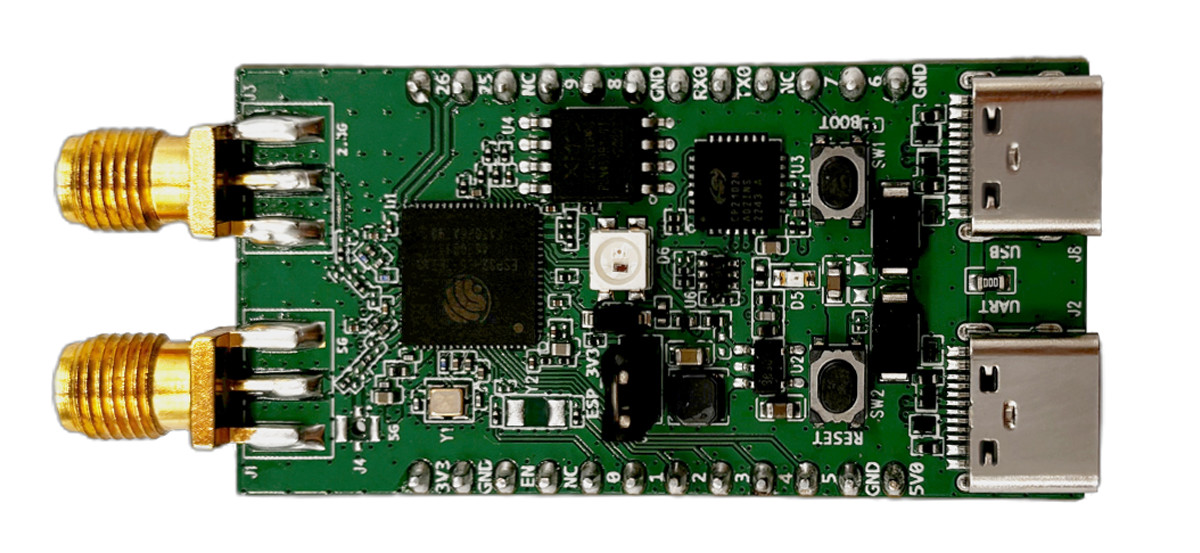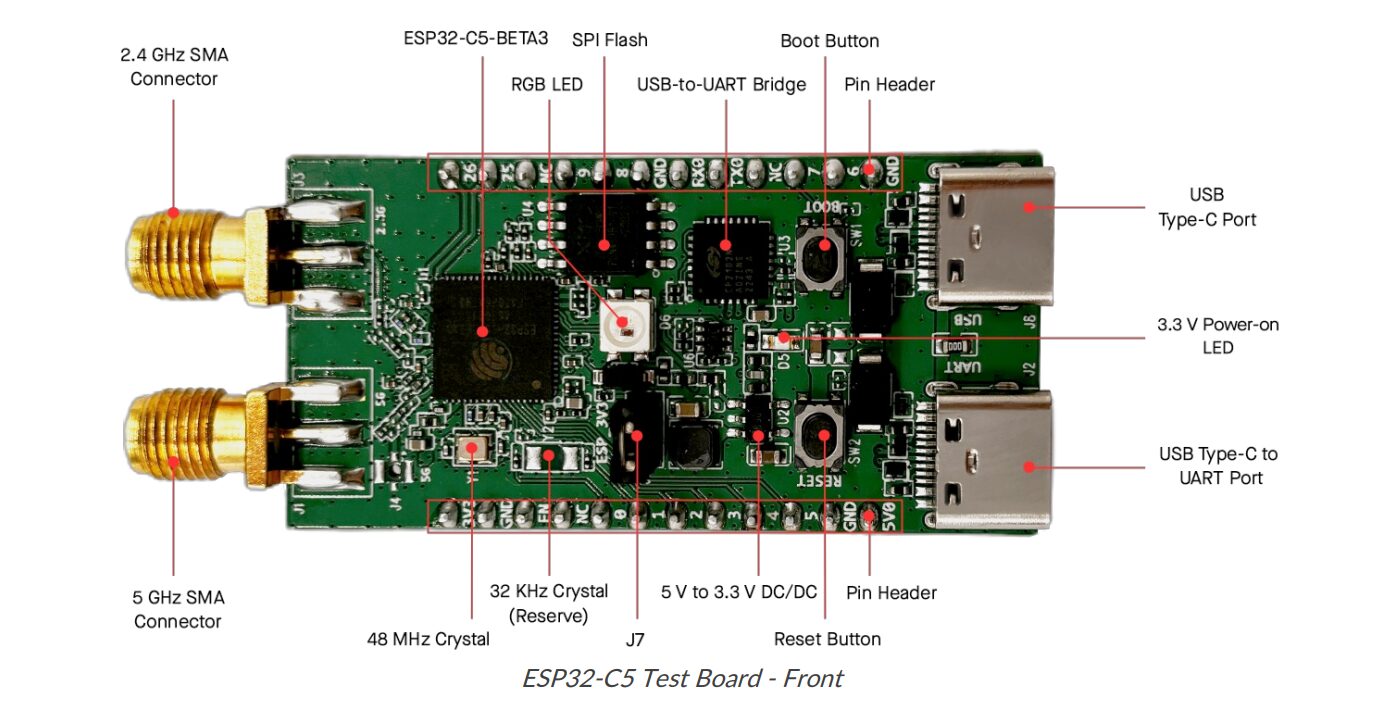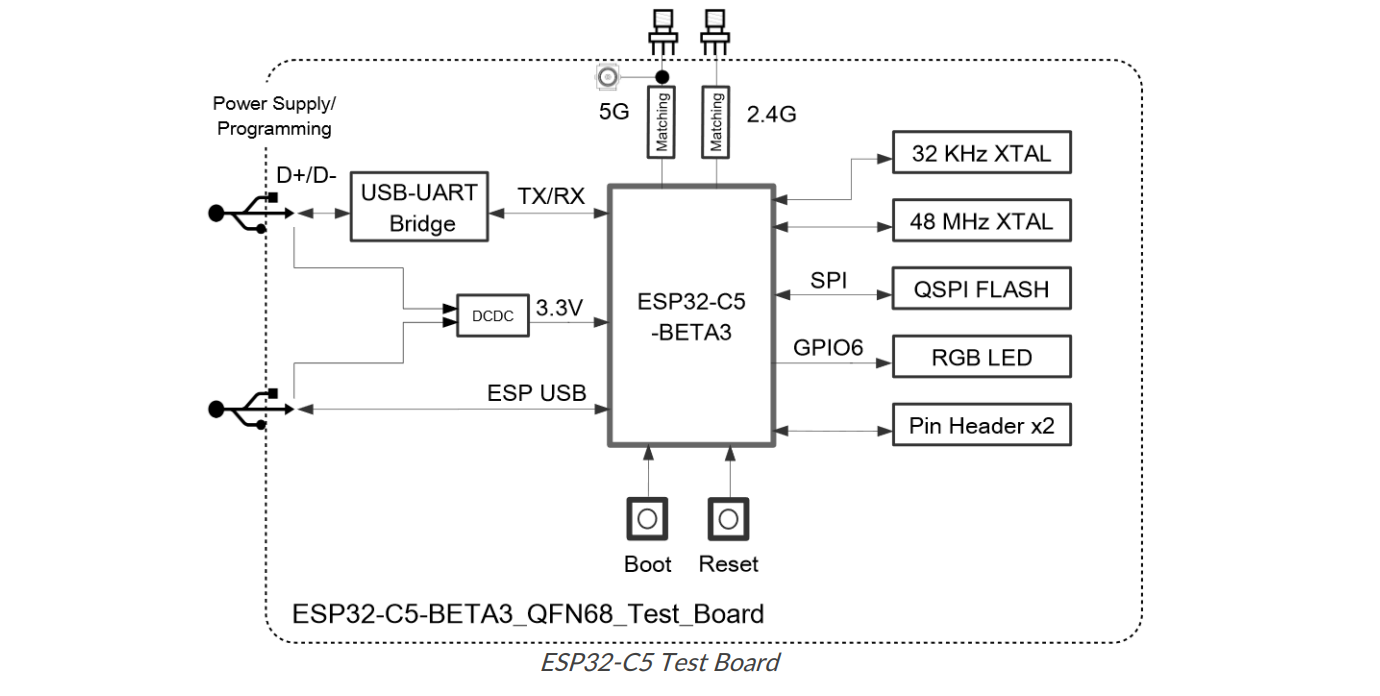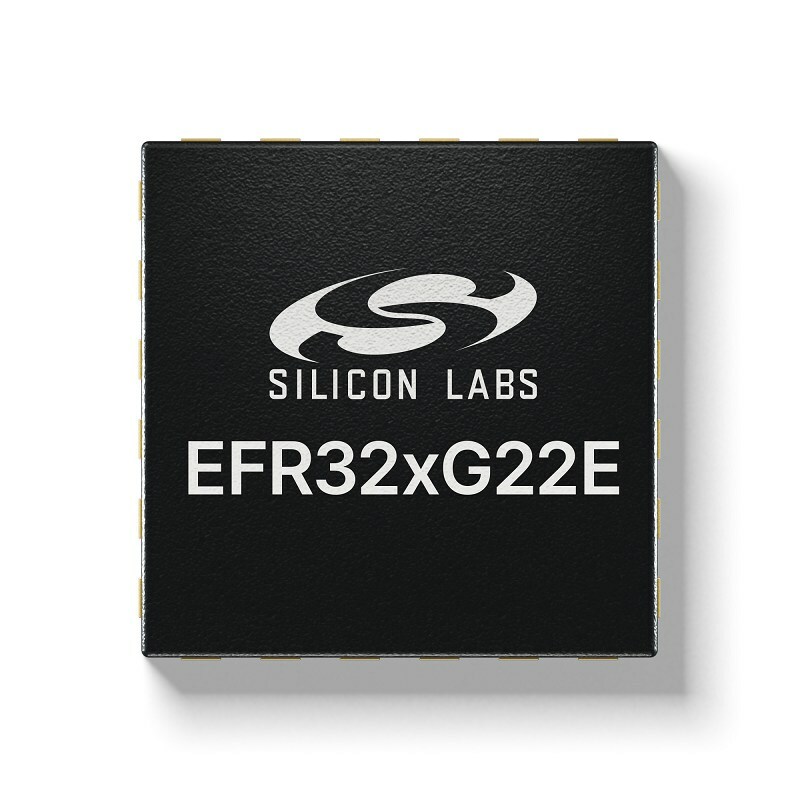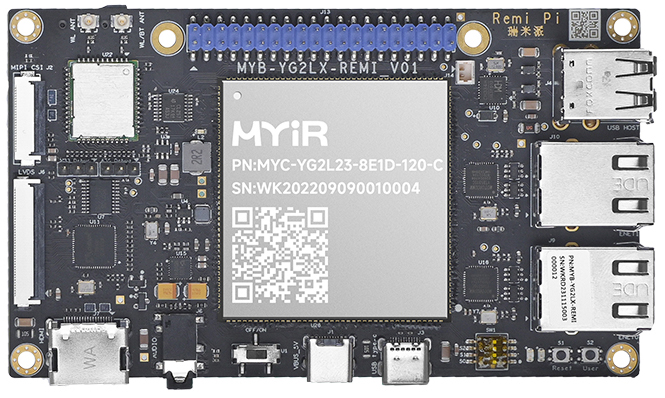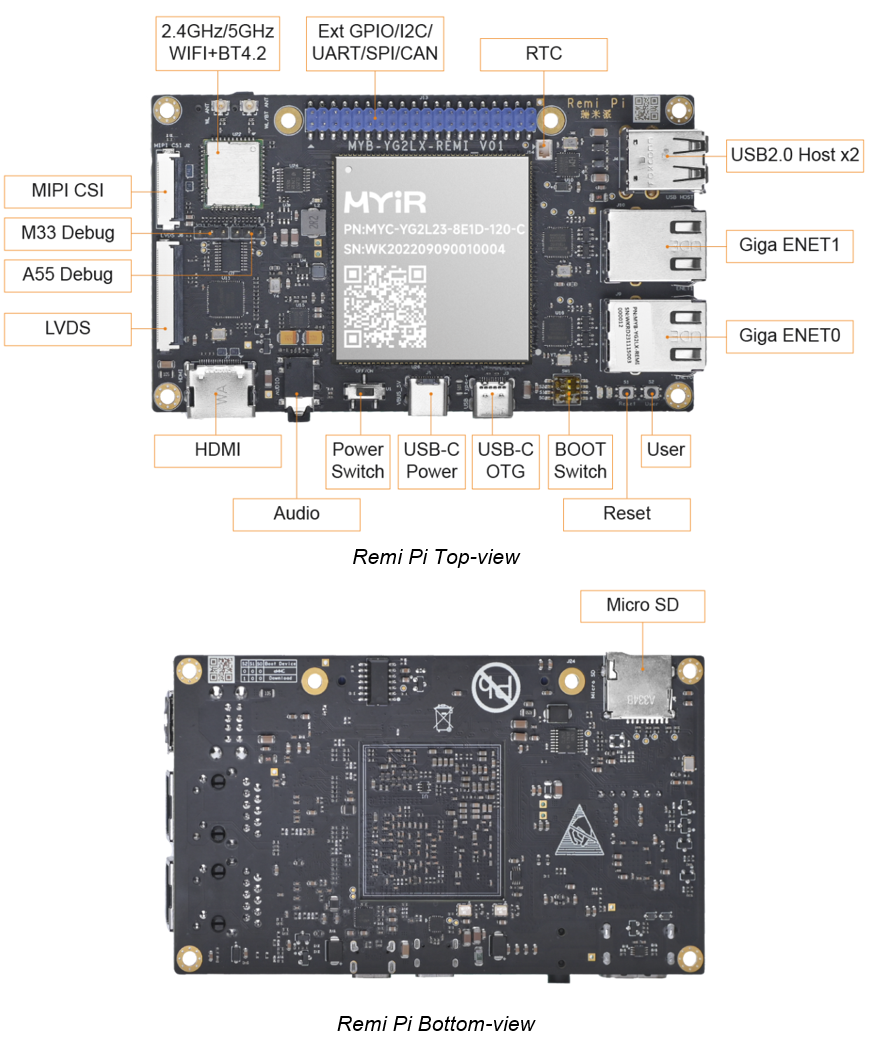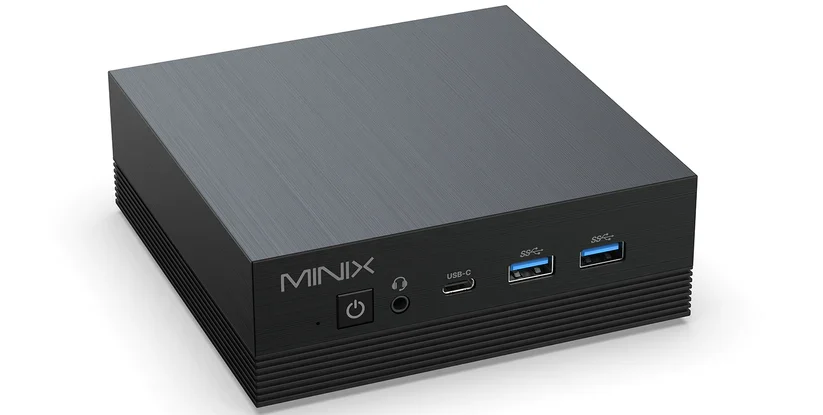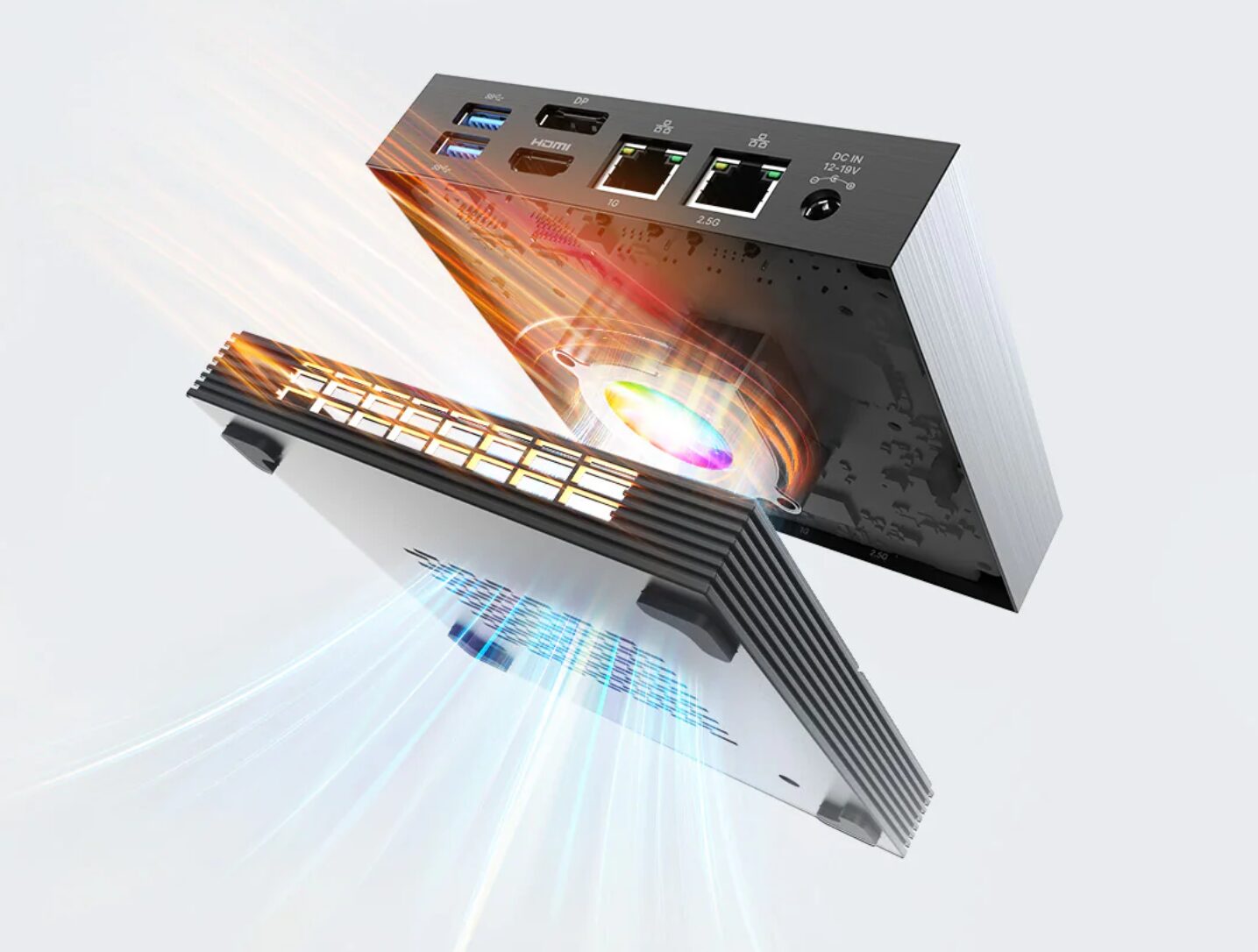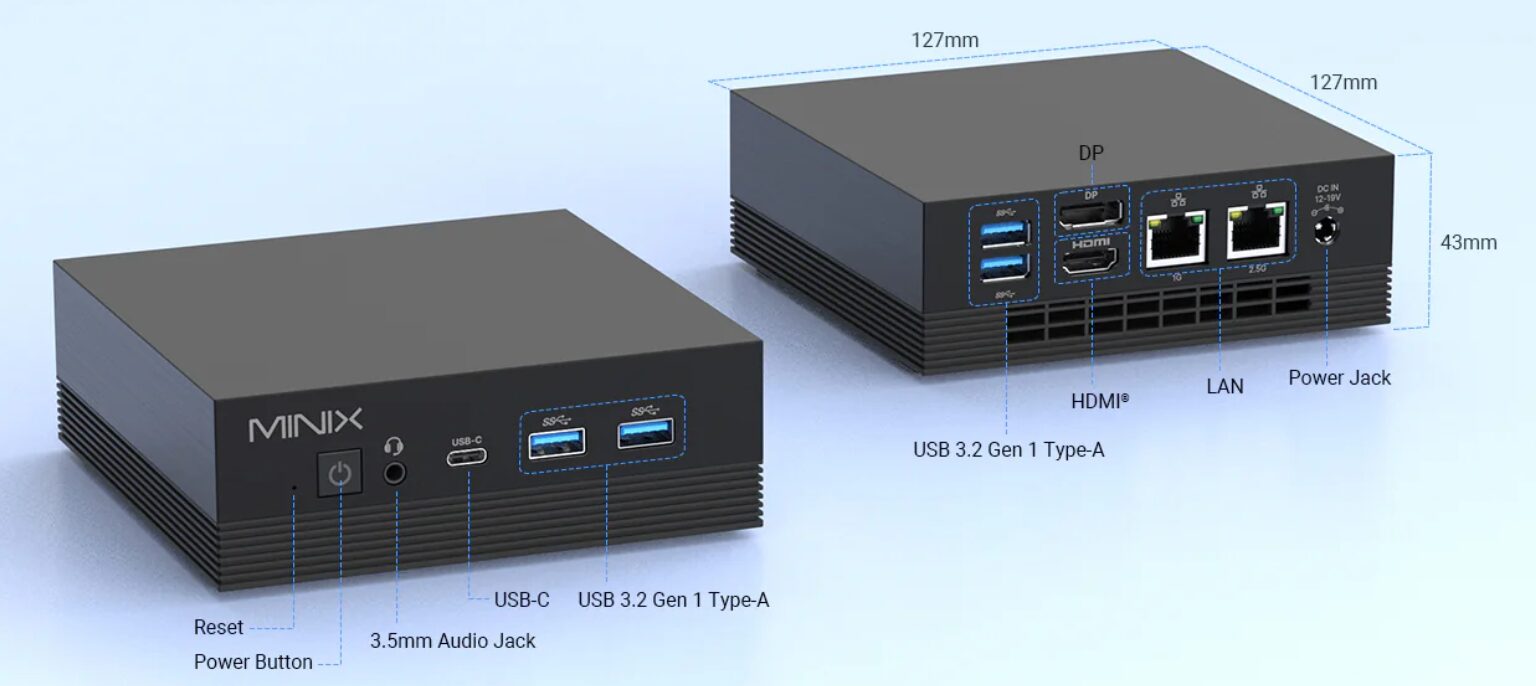The Team at Tangram Vision has recently introduced Self-Calibrating HiFi 3D Sensor a cutting-edge depth sensing solution designed primarily for robotics applications. The camera module integrates high-fidelity 3D sensing with on-device AI capabilities, to provide a Plug-‘n’-Play experience for Depth Sensing and Edge AI applications.
The sensor is built around the Texas Instruments Jacinto processor with a dedicated deep-learning matrix multiply accelerator (MMA) that runs at up to 8 TOPS (tera-operations per second) at 1.0GHz. The device also has 16 GB of onboard RAM with a custom-made Optiocs system.
This custom sensor system uses special optics to capture detailed depth information from its 2.2-megapixel cameras and laser projectors, covering a wide136° area. It’s incredibly precise too, with less than a one percent depth error up to 16 feet away. Plus, it automatically fixes alignment issues while it works.
Moreover, its dual connectivity options USB-C and PoEEthernet provide flexibility during development and reliability in deployment scenarios. The sensor also supports sensor fusion and offers multiple mounting options, making it adaptable to various robotics setups.
The company demonstrated the sensor’s capabilities with real-time applications like multi-target pose estimation, objectidentification, and 3Dscenesegmentation using TI’sDeepLearningLibrary(TIDL). These features, along with support for ROS2, enable easy integration into robotics projects.
HiFi 3D Sensor Features and Specifications:
- Sensor Type: Designed for high-fidelity 3D sensing with self-calibration.
- Integration: Seamlessly integrates with ROS 2 for robotic applications.
- On-Device AI: Equipped with on-device AI for real-time data processing.
- Resolution: Offers 2.2MP global shutter cameras for high-resolution imaging.
- Field-of-View: Provides a wide 136° DFOV for comprehensive data capture.
- Active Texturing: Utilizes dual laser pattern projectors for enhanced surface texturing.
- Accuracy: Delivers highly accurate depth measurements with sub-1% error.
- Neural Processing Unit (NPU): Features a powerful TI Jacinto™ processor for neural network processing.
- Memory: Includes 16 GB of onboard memory for data storage and processing.
- Software Applications: Compatible with TI Deep Learning Library (TIDL) for various tasks.
- Compatibility: Native ROS 2 support for seamless integration into robotics projects.
- Self-Calibration: Automatically recalibrates misalignments without calibration targets.
- Sensor Fusion: Supports synchronization of multiple sensors for data fusion.
- Dual Connectivity: Offers USB-C and PoE Ethernet options for connectivity.
- Mounting Options: Multiple mounting options with drilled and tapped holes for easy installation.
The HiFi 3D Sensor is currently available for preorder on Kickstarter for $478.00, excluding shipping costs. For additional details, you can visit their product page.


